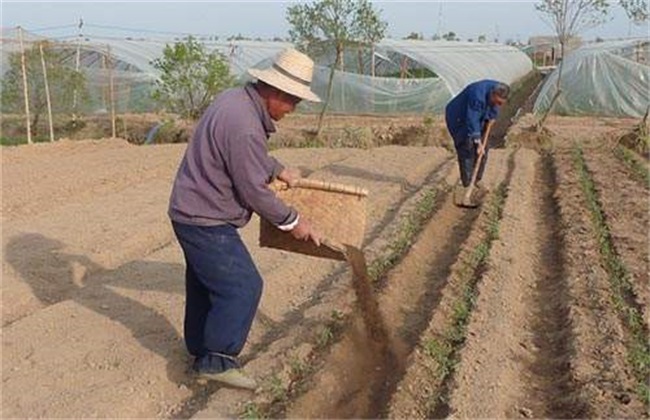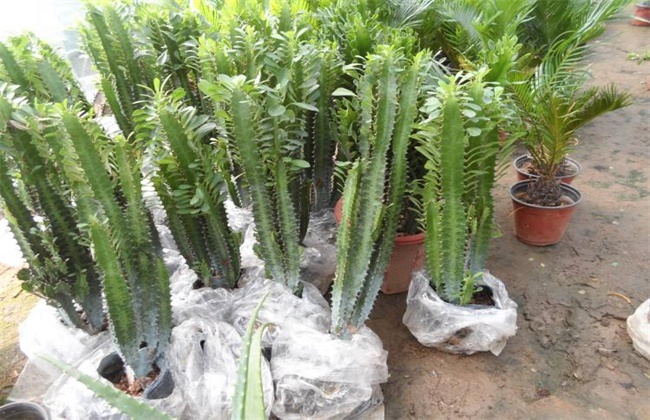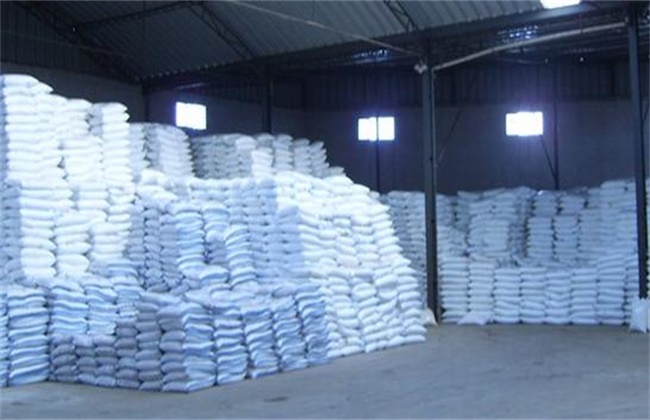Matters needing attention in applying organic fertilizer
When we are growing crops, the application of organic fertilizer is essential. Rational application of organic fertilizer can provide sufficient and comprehensive nutrition for farming and enhance the activity of microorganisms in the soil. Whether it is to improve the soil or the growth of crops are very beneficial. However, the structure and composition of organic fertilizer is relatively complex, so there are many places we need to pay attention to when applying it. Then let's take a look at the points for attention in the application of organic fertilizer with the editor.

1. Apply after ripening
When we apply organic fertilizer, we must first ensure that the organic fertilizer is fully mature before it can be applied. If the organic fertilizer is not fully mature, the organic fertilizer will be fermented in the soil after application. As a result, a large amount of ammonia and heat are produced, which can easily lead to root burning, poisoning and so on. Some will also promote the growth of weeds and cause a variety of diseases and insect pests. Therefore, we should rot the organic fertilizer before applying it, and we can set up a manure storage tank for fermentation. The compost can also be sealed with mud with water, so that the temperature rises to about 40 degrees, and the fermentation is basically finished after about a month.
2. Do not concentrate and over-apply
We should pay more attention to the application amount and location of organic fertilizer. Especially when planting dryland crops, they should not be applied directly to the roots of the crops. Because the water content of dryland crops is very small, if the fertilizer around the roots is too much and the concentration is too high, then it will lead to physiological water loss of crops, resulting in reverse osmosis, resulting in poor growth of crops, wilting and dying seedlings in serious cases. Therefore, organic fertilizer is usually based on base fertilizer, if topdressing organic fertilizer is needed. Then it is necessary to give priority to strip application and hole application, and cover the soil after application, and do not sprinkle it directly on the ground.
3. It is not suitable to dry and apply.
Many farmers are used to drying organic manure before applying it. In fact, this is wrong, after drying the organic fertilizer, in which the nitrogen element has basically been volatilized. And available phosphorus, available potassium will also be a large number of loss, but also cause greater pollution to the environment, so we should pay more attention. Then when the straw is returned to the field, if it is not fully rotted and fermented, the straw will produce a large amount of hydrogen sulfide, resulting in blackening of rice roots and, in serious cases, rigid seedlings throughout the day. If this happens, then the field should be drained in time and properly sprayed with suitable growth regulators for the roots.
4. Reasonable collocation
When we apply organic manure such as straw, pigs, cattle and sheep, the content of carbon is more, while that of nitrogen is less. Therefore, if it is applied too much, it is easy to cause nitrogen deficiency and inter-seedling phenomenon in the early stage of crops. So we should pay attention to make a good match, with the right amount of nitrogen fertilizer. And organic fertilizer is not the more the better, usually apply 1500kg per mu or so. Among them, an appropriate amount of ammonium bicarbonate or urea is added to control the balance of carbon and nitrogen, ensure sufficient nitrogen to promote microbial activities and crop growth, and achieve the goal of stable fertilizer efficiency.
The above is a brief introduction to the matters needing attention in the application of organic fertilizer. That's all for today's introduction. This article is for reference only. I hope it can help you all.
Related
- Fuxing push coffee new agricultural production and marketing class: lack of small-scale processing plants
- Jujube rice field leisure farm deep ploughing Yilan for five years to create a space for organic food and play
- Nongyu Farm-A trial of organic papaya for brave women with advanced technology
- Four points for attention in the prevention and control of diseases and insect pests of edible fungi
- How to add nutrient solution to Edible Fungi
- Is there any good way to control edible fungus mites?
- Open Inoculation Technology of Edible Fungi
- Is there any clever way to use fertilizer for edible fungus in winter?
- What agents are used to kill the pathogens of edible fungi in the mushroom shed?
- Rapid drying of Edible Fungi



